Let’s get down to the nitty gritty details of sourcing shoes for FBA, shall we?
As I (Rebecca) mentioned in a previous post of this series, I personally don’t source for shoes using retail arbitrage (RA). I tried it and came up dry. I use 100% online arbitrage (OA) for my shoe sourcing strategy. The gist of this post, however, will cover topics that apply no matter what type of strategy you use for sourcing. I won’t get into details of what types of stores to find shoes in, what brands to look for, what styles to look for, and so on. Instead, I’m going to talk about some fundamental issues related to sourcing shoes that you can apply to your own personal sourcing strategy, whether you prefer RA, OA, wholesale, or something else.
 Our Initial Two-Week Shoe Experiment
Our Initial Two-Week Shoe Experiment
After we decided to sell in the shoe category, we decided to spend a two-week period sourcing shoes through OA, track the resulting sales, calculate our return on investment (ROI) and profits, and then decide from there how we wanted to proceed with adding shoes to our overall FBA strategy.
Every day for two weeks, I diligently looked at the deals on my paid sourcing subscription list, spent my sourcing budget, and waited for the shoes to arrive at our doorstep. The shoes came in, we processed them, and we sent them to FBA and waited for the sales.
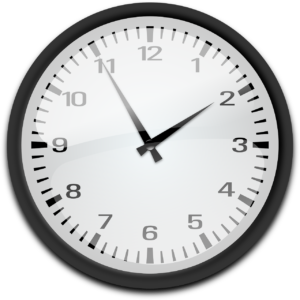 And waited. And waited. And waited.
And waited. And waited. And waited.
I didn’t source any more shoes online for about five or six weeks after that, as I waited to see how our experiment turned out. The sales trickled in soooooooo sloooooooowwwwwwwwwly from those two weeks of sourcing. I was very discouraged that shoes I thought were a low rank at the time I bought them turned out to not sell for weeks and weeks and weeks. I questioned whether I should stop thinking about buying shoes and just stick to toys, books, or another category I already knew well.
Rather than completely giving up, I decided to learn more, ask a ton of questions, reach out to people who have experience in the category, and try again. It was a slow process, but here we are 6 years later – and now shoes are our #2 highest category in dollar amount of sales (#1 is Toys).
For the rest of this post, I want to give you several points of consideration for making buying decisions in the shoe category that will hopefully accelerate your learning process.
What I Wish I Had Known About Sourcing Shoes Before I Started
-
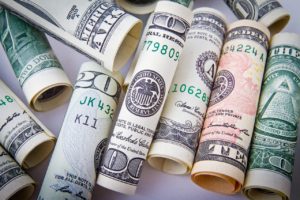 Shoes take MORE capital to buy than most categories.
Shoes take MORE capital to buy than most categories.
Unlike categories such as books or toys, with shoes it’s not possible to take a small amount of capital, buy items at a ridiculously low price and high ROI, and turn a fast profit that you can reinvest within a short amount of time. Shoes can give you a great ROI and a fantastic average selling price (ASP), but the buy cost for one pair of shoes typically ranges from $20 upward. It’s not uncommon to spend $50 or more on one pair of shoes.
-
 Shoes are long tail items.
Shoes are long tail items.
Not only does it take a larger initial investment (relative to other categories) to start buying shoes, it takes a lot of patience. Shoes typically do not sell at the same velocity as toys, books, groceries, and other faster moving categories. Shoes aren’t typically something that you can replenish, either. You generally buy a style of shoe, send it in to FBA, and move on to finding the next pair of shoes.
I sank a bunch of money into shoes in our original two-week experiment and became frustrated and disappointed that I didn’t get my return on that investment as soon as I had hoped. I eventually did sell all the shoes from that two weeks, but it took as long as four months for some of those shoes to sell – and in some cases as long as six months. Once they did sell, the high ASP was nice to eventually see in our disbursement, but if we had needed that money back any sooner than nine months, we would have been in trouble.
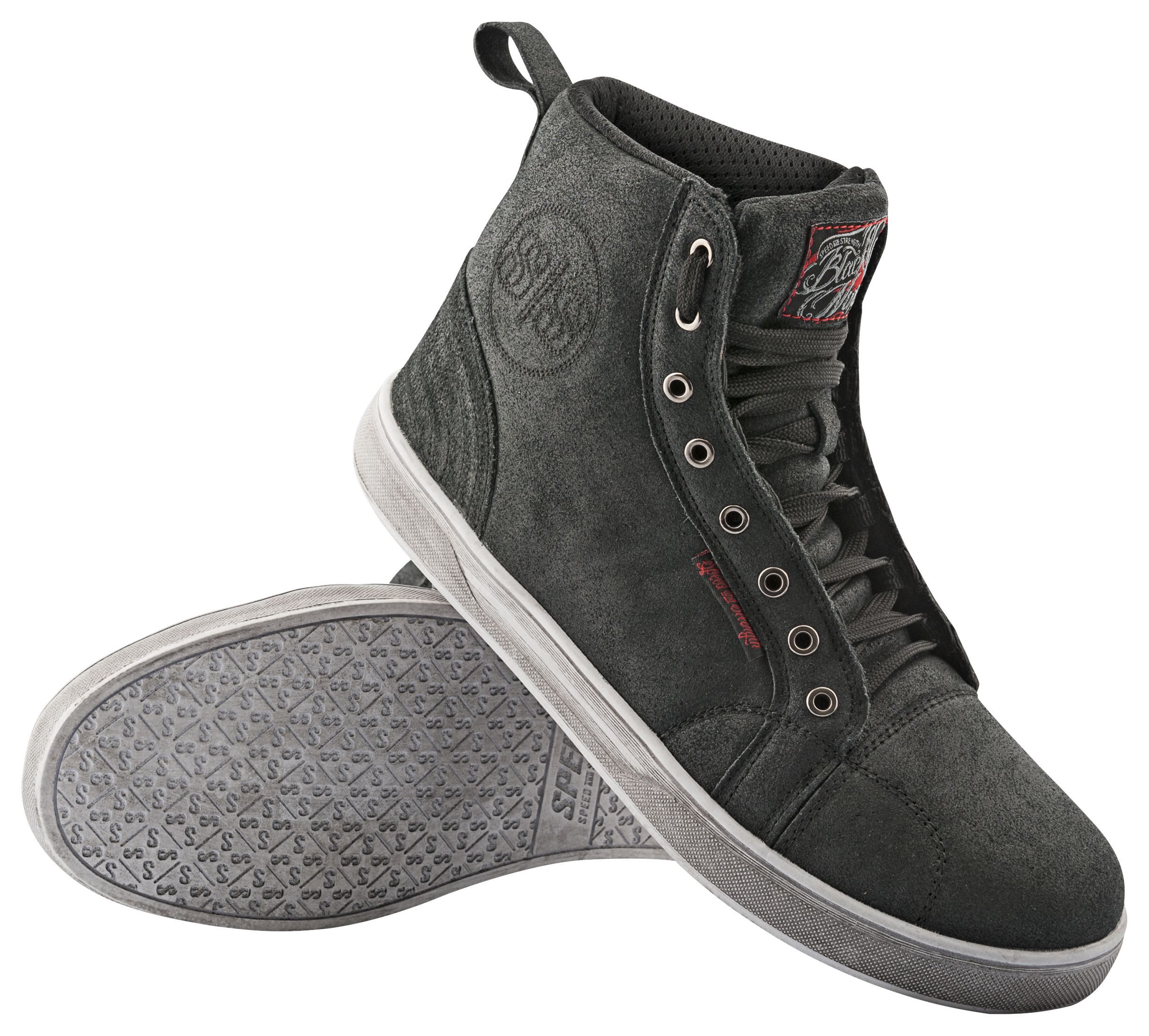 The key with getting a steady stream of high ASP sales from shoes is to give yourself several months to ramp up. It will take several months of sending in a steady stream of shoes, and then you have to wait for those high-priced shoe sales to start trickling in. If you continually source shoes and send them in on a regular basis, after a while you will see the fruits of your labor in the form of higher disbursements and higher ASP. Stephen is always saying that patience brings profits, and that is definitely the case in the shoe category.
The key with getting a steady stream of high ASP sales from shoes is to give yourself several months to ramp up. It will take several months of sending in a steady stream of shoes, and then you have to wait for those high-priced shoe sales to start trickling in. If you continually source shoes and send them in on a regular basis, after a while you will see the fruits of your labor in the form of higher disbursements and higher ASP. Stephen is always saying that patience brings profits, and that is definitely the case in the shoe category.
One item of note: Because shoes are a long tail item, it is more strategic not to go deep in any one variation, but go wide and buy multiple variations of the same style instead. It’s much easier to sell out quickly of one pair in each of size 6, 7, 8, and 9 than to sell out of four pairs of size 8.
-
Sales rank for shoes is much different to gauge than in other categories.
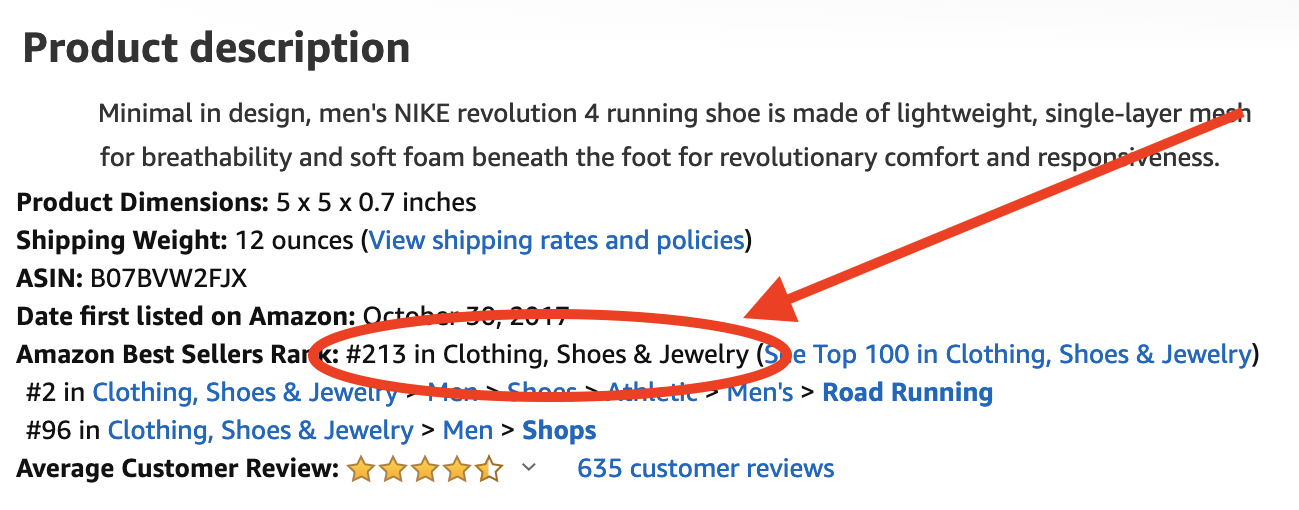 Each shoe listing on Amazon can potentially have dozens of variations, depending on the number of colors and sizes available. When you look at the sales rank for a pair of shoes you want to source, you aren’t looking at the sales rank for that particular pair of shoes; you’re looking at the sales rank for all of those variations combined. Not only that, but right now, Amazon shoes the sales rank of shoes in the overall Clothing, Shoes & Jewelry category. If the Amazon product page says a pair of shoes is ranked #213 in the overall Clothing, Shoes & Jewelry category, you have no way to know for sure which size and which color of those shoes are receiving the sales that give it that low rank.
Each shoe listing on Amazon can potentially have dozens of variations, depending on the number of colors and sizes available. When you look at the sales rank for a pair of shoes you want to source, you aren’t looking at the sales rank for that particular pair of shoes; you’re looking at the sales rank for all of those variations combined. Not only that, but right now, Amazon shoes the sales rank of shoes in the overall Clothing, Shoes & Jewelry category. If the Amazon product page says a pair of shoes is ranked #213 in the overall Clothing, Shoes & Jewelry category, you have no way to know for sure which size and which color of those shoes are receiving the sales that give it that low rank.
To further complicate matters, Keepa does not show sales rank history for shoes the same way as other categories. The sales rank history shown on a Keepa graph shows the sales rank changes of the overall parent ASIN and not the individual child ASINs.
When I’m making good sourcing decisions, I still use Keepa to see the following crucial information:
-
- Whether or not Amazon has ever been in stock on any variation of shoes
- Price history for individual child variations ASINs
- Sales rank history for the overall the parent ASIN
And most importantly: - To see which shoe variations are selling the best. Stephen made a walkthrough video of how to do that here.
I highly recommend becoming fluent in using Keepa for making shoe sourcing decisions (you can get started reading Keepa graphs with this blog post).
So how can we make smart sourcing decisions if we have no way to know the current sales rank or sales rank history for a variation of a pair of shoes?
Here are two ways I can limit my risk as far as shoe sales rank is concerned:
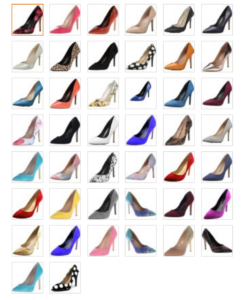 * I stick with buying shoes that have a low number of variations.
* I stick with buying shoes that have a low number of variations.
I prefer to buy shoes with only a low number of color options, not 15 or 20 colors. I also prefer to source shoes that don’t have a narrow, regular, and wide variation for each size. Tons of colors and tons of size options means more variations, which means the overall sales rank becomes increasingly meaningless as far as each variation is concerned.
* I stick with buying neutral colors (black, white, gray, brown).
The majority of people are going to buy neutral colored shoes, and I prefer to buy inventory that’s more of a sure bet. I don’t buy shoes in a crazy floral print or neon green, no matter how cute they are — unless the only options on a low ranking shoe are bright colors and no neutrals; then I’ll branch out.
-
Every shoe seller likes to take a different approach.
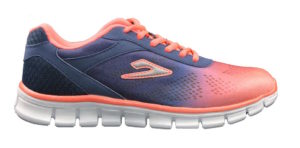 Keep in mind that I’m trying to give you some general principles for making shoe sourcing decisions. Every seller finds their own groove, and you have to figure out what approach you personally want to take.
Keep in mind that I’m trying to give you some general principles for making shoe sourcing decisions. Every seller finds their own groove, and you have to figure out what approach you personally want to take.
Some sellers prefer to stick with common sizes and colors, while some sellers like to provide Amazon customers with the hard-to-find colors and sizes. Some sellers stay away from sourcing half sizes because they find they sell less than whole sizes, but other sellers swear by sourcing half sizes because they’re harder to find and therefore more lucrative.
Personally, I usually stick to sizes 9-12 for men, 6-10 for women (but if 5 or 11 in women’s is currently unavailable on Amazon, I will consider buying it). That’s a wider range than some sellers would recommend; many will only source women’s 7, 8, 9. Also, I tend to buy more half sizes for women, less for men.
A work-around for making a good shoe sourcing decision without sales rank history is to skim the reviews. Within the Amazon reviews for any verified Amazon purchase, you can see what size and color the customer bought. It’s fairly safe to assume that colors with more reviews are receiving more sales. You can also read the reviews and look at the “fit as expected” percentage to see if shoes tend to run small, large, or as expected. You can assume that shoes with a high percentage of “runs small” or “runs large” are likely to have a higher rate of return, which is a risk you might not be willing to take with your sourcing budget.
-
Look at the average price of shoes across all variations, not just at the price of the variation you’re considering sourcing.
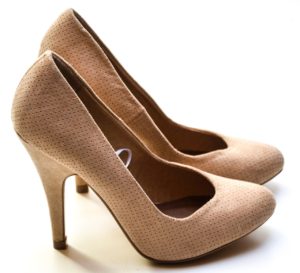
This might be the biggest lesson I wish I had known before I started sourcing shoes. It’s possible that one random person will be willing to pay 3x for a blue leopard print shoe in women’s size 11.5 – but it’s not likely. It’s less risky to source shoes you can price competitively with other variations of the same size or color, rather than keeping your fingers crossed that someone will pay way above the average price listed on Amazon for your particular variation.
![]()
Shoes aren’t for everyone selling on Amazon. The learning curve can be a little steeper than with other categories, shoes require a lot of capital, and the wait for sales requires patience. But because it’s a little more difficult to sell shoes, that means you’ll have less competition. Even if you read every word I say above and every word in every Facebook group about shoes, it still takes trial-and-error to learn the category through your own experience. Everyone will have different results, and everyone will find different areas where they excel and prefer to source.
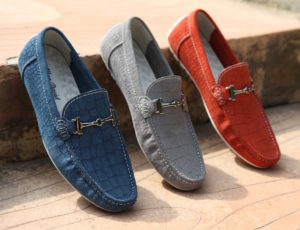 But if you’re willing to commit the time and money…and some more time…and then a little more time to learning the category, the profits from selling shoes are worth it. We’ve spent the time ramping up our shoe inventory and now have a continual stream of high-priced sales from shoes on a daily basis.
But if you’re willing to commit the time and money…and some more time…and then a little more time to learning the category, the profits from selling shoes are worth it. We’ve spent the time ramping up our shoe inventory and now have a continual stream of high-priced sales from shoes on a daily basis.
Have you found success selling shoes through Amazon FBA? Is there anything you would add to my above list of points to consider when sourcing shoes? We would love to hear from you in the comments!
*Post updated for 2022
![]()
The #1 way we source shoes to sell on Amazon is via online arbitrage.
If you want to add or improve your existing online arbitrage (OA) sourcing skills, then check out our course: The Reseller’s Guide to Online Arbitrage: Grow Your Amazon FBA Business With Online Sourcing Profits.
The course is a combination video course (5+ hours of OA training) and a 100+ page ebook. The videos and book both share the exact same content (so you can pick the format you most like to learn from). The course also comes with six time-saving and money-making bonuses all at no additional charge!
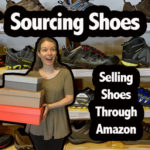
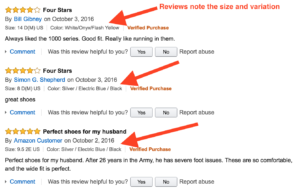
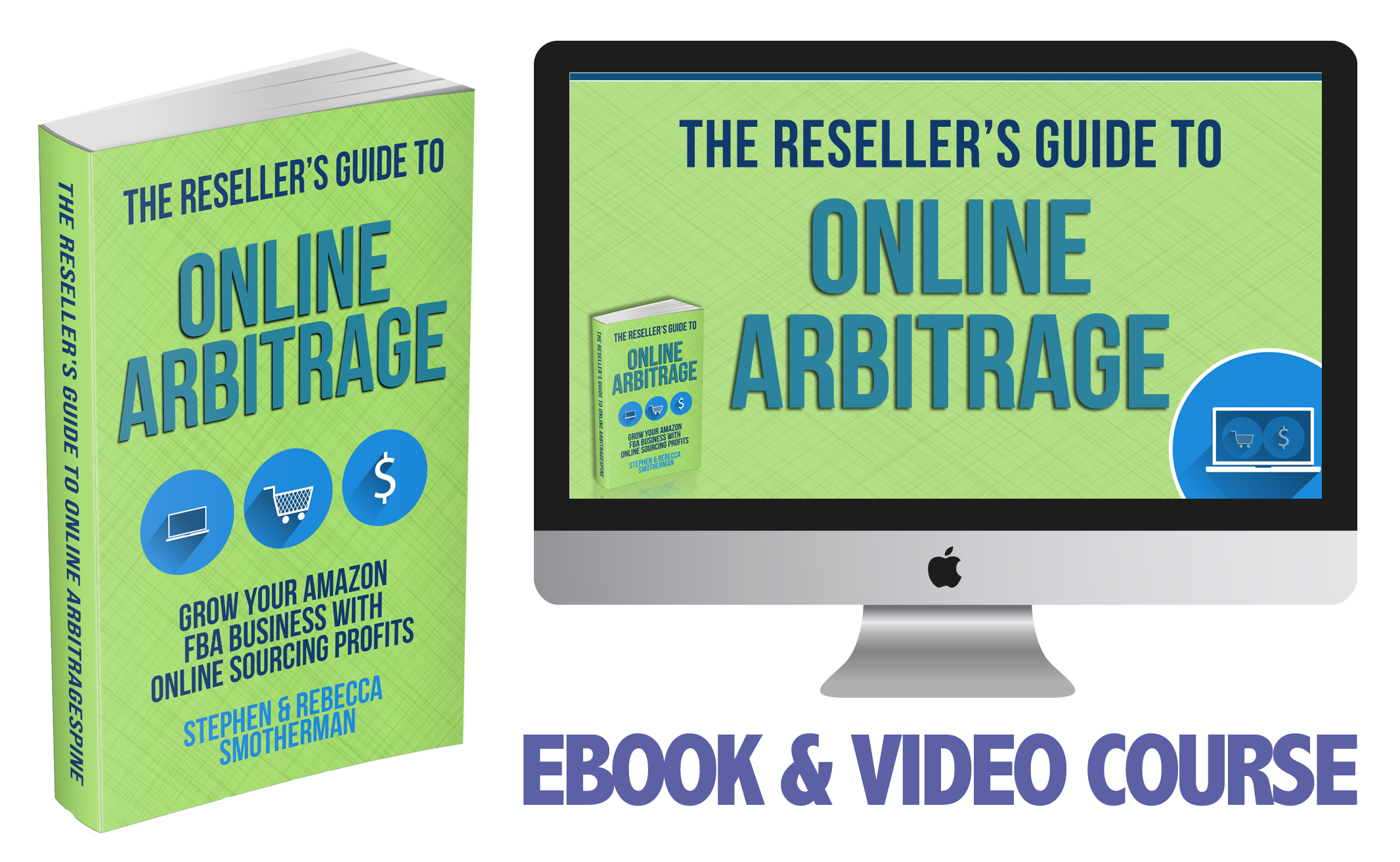
Thanks again!
Gonna get wordy but hope I can help and be helped!
The discussion in media is always don’t buy what you think is good, buy what is popular or a classic with no one there or wait it out. With shoes I did tell my wife and for myself as well, to echo your statement, only buy shoes that are a normal size for average men/women. I am an average guy or just below average in height and weight. I have a heck of time finding certain waist sizes in pants and certain shoe size, 9.5, 10 whenever I like a shoe. So, what I have done myself is when I like something I buy two of them so I don’t get “squeezed” later. So I think we will apply the same philosophy to our buying, thanks to your verifying the path we were going to take. We will more than likely stick with commonly worn sizes and colors and buy quite a few of them and as that style runs out or size, price should increase to the level we are comfortable with.
An example is my running shoes. We live on a dirt road and so instead of standard running shoes I buy trail running shoes. Every year a new model comes out that is just a variation of last years model. I watched my shoe, Asic Katana 5, and the year I bought it, I got it for $70. The following year it was $80 (I think), maybe a little more. Then out came the 6 and price dropped and I bought two of those models. Eventually both are gone or ridiculously priced. Now there are the Katana 7 and 8. Whenever we do any buying we take into consideration, “what would our customers do?”.
A question comes out of this Steven, do you keep them at home until you see the price you like?
A follow up question, I assume the answer is yes, do they have storage fees and how often does that play into your price?
Thanks again! Just for the record, our hope is this pushes us over the top to pay off our mortgage! Thanks to God and all of you and Amazon for the amazing opportunities!
Sincerely,
Dan and Kacy
Hi Dan and Kacy,
I’m the same way with my running shoes! Just two weeks ago I looked in my past orders on Amazon, found the previous pair I bought, and reordered it because I know it works for me. We’ve also had a couple of instances where I sourced two pairs of the exact same size or color, and one person ordered both pairs in the same order, presumably for the same reason: they know what works, and they want to get it while they can.
In general, though, I tend to go wide instead of deep on shoe variations. I may be missing out on the opportunity to sell multiple pairs to one customer, but for me the risk is lower to buy more variations. If I had unlimited capital, I might buy more in each variation, but for now I choose to spread out what I’m buying across multiple sizes and colors.
Yes, the same monthly and long term storage fees apply to shoes, so you have to work that into your calculations when you decide whether or not to buy. If the buy cost is low enough, the ROI high enough, and you have little or no competition, then the storage fees can be worth the cost.
Best of luck on paying off your mortgage! That’s an awesome goal and one that we hope to conquer too!
Rebecca, Many thanks for your specific tips. With pen in hand I took notes as I read your post. I see now why shoes I have bought outside your standards (floral pattern size 12) have not sold. I guess I am paying what Dave Ramsey calls “stupid tax”. Your informative post prompts me to give shoes another try. Best to you. Jan
Jan, that’s a lesson I learned the hard way, too. There’s been some crazy patterns and sizes of shoes in our inventory that I look back on and think why on earth did I think that will sell? We have to just learn from it, reassess, and move on or try again. Glad you found the post helpful!
Just a question on sizes. Isn’t it more difficult for people who were larger sizes, like size 13 in men’s have a tougher time finding their size and might rely more on online buying. We have added shoes to our sourcing strategy, but have relied mostly on RA to this point. We have found stores that tend to run more clearance sales than others and have had good luck so far.
It’s very true that the outlying sizes (whether very large or very small) can be harder for customers to find, and they might rely more on buying online. Some sellers focus on those outlying sizes and do very well with them. Other times, however, the more common sizes sell out faster and become harder to find. It really depends from situation to situation, and every seller has to find what works best for their business model.
Thanks again, Rebecca. This new series has been helpful as I’m in the same position you were a year ago. I have a question for you… Have you attempted creating any *new* listings with shoes, or do you just stick with those with a proven history? I’ve run across a lot of shoes that aren’t in the catalog. I realize the gamble here, and I’m not a huge fan of creating new listings (I like using the track record of proven products to my advantage), but there’s a lot available that aren’t yet in the system. Maybe there’s so much available that I shouldn’t HAVE to create listings, but I’m not using OAXRAY or any other online sourcing tool. I’m just scouring a few known sources on a bi-weekly basis, so the pickings are slim.
Thanks!
We’ve made new listings (and have done well with sales) in other categories and I’ve added variations to an existing shoe listing, but I haven’t created a new shoe listing. I’ve considered it, but just haven’t done it yet. I think the potential for success is definitely there…there are plenty of low ranked shoes listed on Amazon that Amazon didn’t create the listing, so somebody else had to do it, right? I think the key with creating a shoe listing would be similar to creating any other listing: is it worth the time and effort to do it for the amount of profit you would get? Another thing to consider: Would you be able to source enough shoes across many variations to create a shoe listing that would have enough options available for customers needing different sizes? I wouldn’t create a listing if I only had one or two sizes of one color of a shoe. But if I had a wide range of sizes and at least a couple color options in each size, I would consider it. (As I’m saying this, I think it would be hard to source all those shoes without a wholesale source.)
Rebecca, thanks for the shoe business tips. One question: are you co-mingling your inventory with Amazons, or not? I have not sold shoes, but in electronics I have had better success with co-mingled inventory.
We do not co-mingle any of our inventory, shoes included.
Hi Rebecca,
You mention ROI, what profit margin are you looking for on shoes?
I like to make at least $15 or $20 profit, minimum, per pair of shoes. That gives me some wiggle room if there’s a return fee taken out at some point.
Hi Rebecca,
Have you tried Merchant Fulfilled with shoes? That would void any long term storage fees.
I’ve only sold one or two pairs of shoes via merchant fulfilled. Yes, it would eliminate the problem of LTSF to fulfill the orders myself, but I prefer to outsource to Amazon the storage, fulfillment, and dealing with returns. For me, the benefits of outsourcing outweigh the costs of LTSF and other fees.
How to know if certain shoes or brands are restricted to sell? What steps you take to make sure that shoe that you are going to sell is not restricted?
You will need to log in to your seller account on Seller Central, the Amazon Seller app, or a third party scanning app to see if an individual shoe or brand is restricted for you.
Great article on buying decisions for shoes! Quick question regarding adding long tail keywords under search term of a product listing. For those that are selling name brand shoes, do you even bother adding researched long tail keywords?
We haven’t added keywords on any shoes that we sell. But that’s a great idea to try!
Have the changes to the long-term storage fees hurt your shoe sales model at all? I am concerned about anything that is long-tail at this point.
So far I haven’t made any changes to our model. We haven’t been going deep in any one ASIN, but spread out our purchases across several ASINs/variations per shoe, so we haven’t been negatively affected by LTSF in the past. The changes to the exemption for one unit per ASIN were made after the last long term storage fees were incurred, so we don’t know yet what our LTSF will look like without being able to exempt one unit for long tail shoes. I’ll be able to answer that question better after Feb 15, 2017 😉
I still don’t understand why so many of my selections wound up being joined by low ball sellers. Perhaps i needed to set my min ROI lower so that my repricer to account for the situation. It seemed like repricing needs a lot of individual attention to catch those lemons. But i guess i’d like to see more of a case study of how you make your decision. I thought i was choosing “well”; rank 30k or below, 5 or less variations, amazon not on the listing and yet i still have a fair number of lemons……though i did “wel”l with the category, the lemons are a big discouragement……I’m steering clear for now…..
From what you are describing above, I suggest taking a look at the stores you are sourcing from and the number of sellers on the listing when you buy. I try to stick with stores and shoes that I know aren’t getting a ton of other traffic from resellers, and I try to only buy shoes that have very little or no competition when I buy them. Of course you can’t control if someone else comes in on the shoe after you buy, but you can limit that happening if you’re sourcing at places where a ton of others aren’t sourcing. Another thing to consider is whether you are trying to sell variations that are priced outside the normal range for that shoe. As an example, if you buy a size 8 shoe at $30 hoping to sell it for $70, but all the other sizes of that shoe are priced at $30 on AZ, it can be expected that someone else might eventually come in and price at $30. That’s not a “low baller” — that’s just someone who got the shoe at a better buy cost and priced it to sell. I’m just brainstorming here…I don’t know what your situation is, but these are just things to consider.
Do you compete with Amazon on shoes?
I don’t. I know other sellers do, but I prefer not to. There are plenty of profitable shoes out there where AZ isn’t in competition, so I choose to focus my efforts on those shoes.
Nice article. I’m interested in knowing more about your OA approach. I keep hearing of stores that cancel orders or cut off your buying privileges if they suspect you are a reseller. How do you deal with this issue?
I’ve only had one order canceled in the past 18 months, and it was because they suspected credit card fraud, not because they were anti-reseller. The first time I placed the order, I had a prep center as the shipping address, which was different from my billing address, so they canceled the order. I placed the order a second time with my billing address matching the shipping address, and it went through just fine. So if you use a prep center, that’s something to consider. Otherwise, I try to keep my orders limited to a few hundred dollars or less, and I don’t have any problems.
I am having to rethink my Amazon business and looking at several areas to expand .
Now I will certainly store this shoe business on my gather more info.
Appreciate your candid comments on start up. Most of my business is like this but I need to use the research tools better.
Once again thanks for a great article
Rebecca,
Do you order, for example, 6 pairs of shoes in an order or more?
All the same style, different sizes?
Only one of each shoe, or multiples of size 8?
Do you order from the same supplier frequently or let some time go by between orders?
Or do you make your orders look more like you are shopping for your own personal family?
I’ve ordered as many as 20 pairs of shoes in an order, sometimes different styles, sometimes all one style. I usually only go 1 or 2 deep in any color-size variation, but that’s not because of the OA store, that’s because I only like to go that deep on AZ in shoes to make sure they will sell out in a reasonable time. I’ve placed multiple orders from the same store in the same day or week.
Thanks for a thorough and informative post Rebecca. I think this will be very useful for other long tail items also. Again thank you for sharing your journey and wisdom you have gained.
Hi Rebecca!
I’ve enjoyed following your recent blogs and videos. It’s refreshing to learn about a different product, technique, and overall thought process! Having said that, your husband has referenced the “three times rule” in some of his blogs and videos. While i realize y’all source mostly separately, I was wondering if you also use that rule while sourcing? Thanks so much for your info, and all you do … I hope y’all keep sharing your knowledge of this business!!
The three times rule doesn’t apply the same way with shoes as it does in other categories because of the way fees work with shoes. I check my potential ROI as I’m sourcing by using the fee calculators in InventoryLab and Tactical Arbitrage and the Amazon FBA fee calculator (www.fulltimefba.com/calculator).
Hello. I want to send more than 1500 pairs of shoes to amazon. Should I use palet delivery or just boxes?
See the prices of shipping for both methods and then pick the one that is more cost effective.